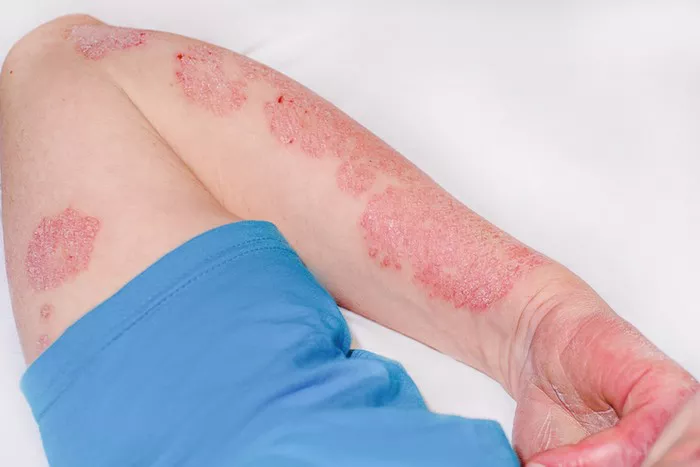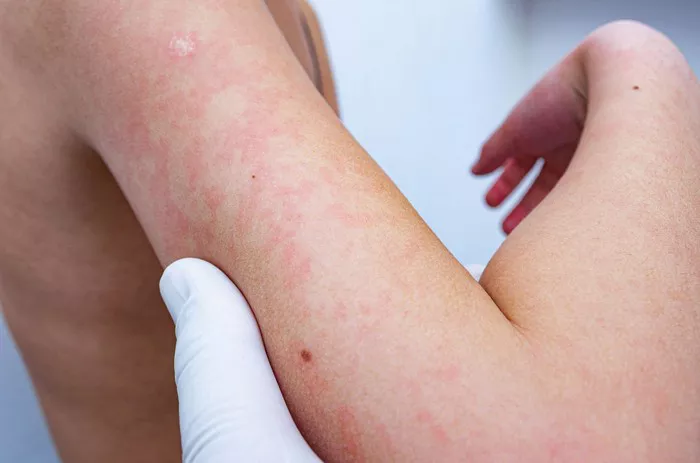Introduction:
Pollen inundation is becoming an increasingly pervasive issue for students at the University of Central Florida (UCF), as evidenced by the yellow dust coating cars and sidewalks alike. Experts point to climate change as a significant factor exacerbating allergy seasons, with recent studies underscoring its role in intensifying pollen levels across North America.
Impact on Students:
Jenny Petty, a sophomore physics major at UCF, observes a noticeable uptick in pollen accumulation, echoing the sentiments of many students grappling with allergy symptoms. Malia Major, a sophomore digital media major, highlights the debilitating effects on her academic pursuits, citing headaches and sinus pressure hindering her ability to work comfortably with technology.
Scientific Findings:
A 2021 report from the Proceedings of the National Academy of Sciences reveals a concerning trend: a more than 20% surge in spring pollen integrals between 1990 and 2018, with 22% to 41% of this escalation attributed to human-induced climate change over the following 15 years.
Health Concerns:
Sara Belligoni, a postdoctoral scholar at UCF’s Puerto Rico Research Hub, underscores the broader health implications of heightened pollen levels. She emphasizes that untreated allergies may lead to upper respiratory tract infections, underscoring the importance of proactive management.
Ecosystem Adaptations:
Belligoni elucidates on the intricate relationship between climate change and plant ecosystems, asserting that shifts in weather patterns prompt adaptive responses among flora. She points to the consequent proliferation of allergenic plants as a significant driver of increased pollen exposure for individuals.
Global Trends:
Amidst escalating global temperatures, Belligoni notes a parallel surge in allergen levels, exacerbated by pollution and climatic alterations. Citing a federal government report, she underscores the acceleration of global temperature increases, particularly evident in Florida’s rising annual temperature average.
Invasive Species and Allergy Risks:
Highlighting the influx of invasive species like ragweed, Belligoni warns of heightened allergy risks for previously unaffected individuals. She attributes this phenomenon to the emergence of neophyte plants, which thrive in warmer climates and trigger allergic reactions in susceptible populations.
Call to Action:
To mitigate the exacerbation of allergy seasons, Belligoni advocates for concerted efforts to address climate change. She emphasizes the importance of transitioning away from fossil fuels, reducing energy consumption, and embracing sustainable practices to curtail environmental degradation.
Conclusion:
As the specter of climate change looms large, Belligoni foresees a continued intensification of allergy seasons, underscoring the imperative of proactive measures to safeguard public health amid evolving environmental challenges.


























